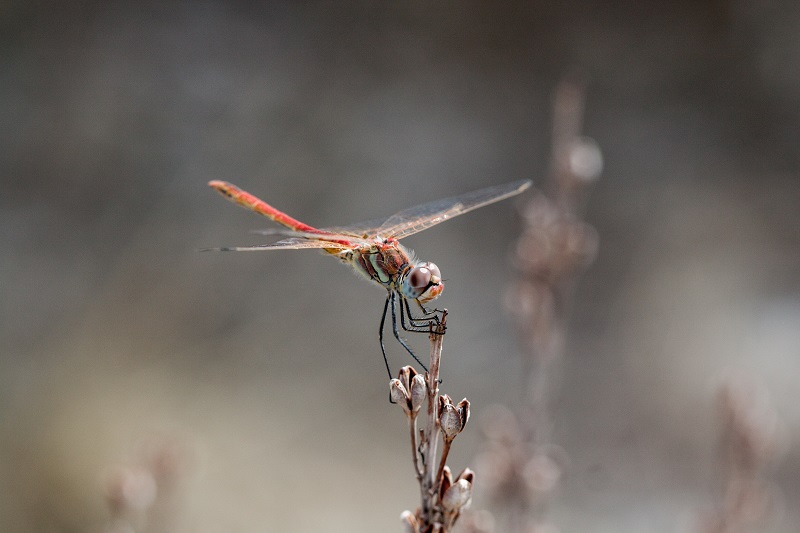On January 4, the Defense Advanced Research Projects Agency (DARPA) issued a funding opportunity for Microscale Bio-mimetic Robust Artificial Intelligence Networks (μBRAIN). Responses are due by 4:00 p.m. Eastern on February 4.
The Defense Advanced Research Projects Agency (DARPA) is issuing an Artificial Intelligence Exploration (AIE) opportunity inviting submissions of innovative basic research concepts exploring new computational frameworks and strategies drawn from the impressive computational capabilities of very small flying insects for whom evolutionary pressures have forced scale/size/energy reduction without loss of performance.
The past decade has seen explosive growth in development and training of AI systems, which are now embodied in digital computing processes spanning several key industries. However, as AI has taken on progressively more complex problems, the amount of computation required to train the largest AI systems has been increasing ten-fold annually.1 While AI advances are beginning to have a deep impact in digital computing processes, trade-offs between computational capability, resources and size, weight, and power consumption (SWaP) will become increasingly critical in the near future. Current neuromorphic/neural architectures with massive fan-out and fan-in and extensive training rely on the digital computing architectures that attempt to mimic the way nature computes, but not the way it functions. Actual physical interactions/mechanisms that could enable improved engineered function as observed in bio-systems, such as miniature insects, remain to be fully described.
This AIE opportunity invites proposers to submit innovative basic research concepts aimed at understanding highly-integrated sensory and nervous systems in miniature insects and developing prototype computational models that could be mapped onto suitable hardware in order to emulate their impressive function. Nature has forced on these small insects drastic miniaturization and energy efficiency, some having only a few hundred neurons in a compact form-factor, while maintaining basic functionality. Furthermore, these organisms are possibly able to display increased subjectivity of experience, which extends simple look-up table responses to potentially AI-relevant problem solving. This research could lead to capability of inference, prediction, generalization and abstraction of problems in systematic or entirely news ways in order to find solutions to compelling problems.
The primary goal of this effort is to understand the computational principles, architecture, and neuronal details of small bio-systems driven by extreme SWaP needs in nature. By doing so, DARPA aims to identify new computing paradigms that will enable improved AI with considerably reduced training times and power consumption.
Full information is available here.
Source: FedBizOpps








